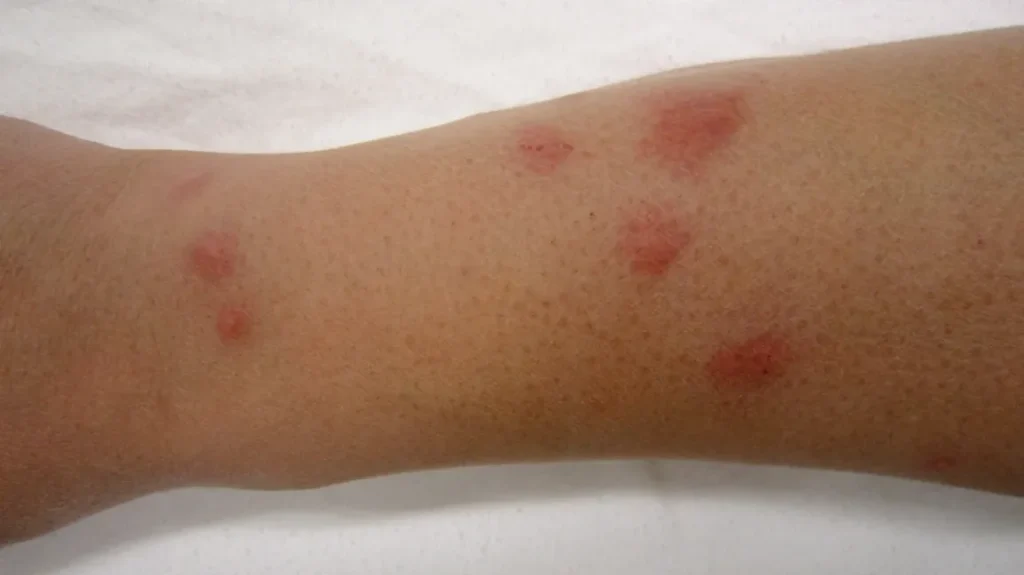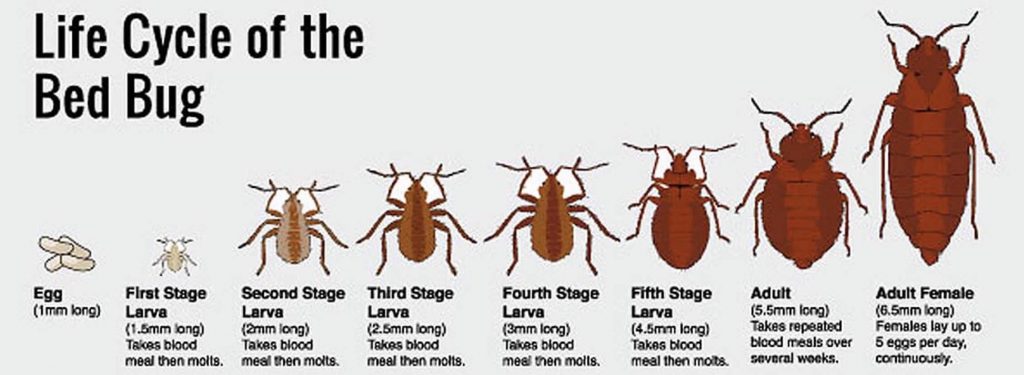BED BUG PEST CONTROL

How to Identify a Bed Bug Infestation
To effectively treat bed bugs, it’s crucial to assess the severity of the infestation. Here are the key signs to look for:
- Faecal Spots: Look for dark spots on your mattress and bedding.
- Blood Stains: Check for small blood stains on your bed sheets and pyjamas.
- Shed Skins: Look for shed bed bug skins, exoskeletons, and shells.
- Musty Odour: In severe infestations, a musty, unpleasant smell may be present in the room, originating from the bed bugs’ scent glands.
By identifying these signs, you can better understand the extent of the bed bug problem in your home.
Eradicating Bed Bugs
Our Role:
We will apply a specialized bedbug insecticide as outlined in the bed bug practice code handbook. Treatment can be for the entire residence (excluding the kitchen) or specific rooms. We target areas including beds, drawers, power points, behind pictures, carpets and edges, floorboards, behind electrical equipment, and any other necessary spots.
Your Preparation Before Treatment:
- Wash all items in wardrobes and cupboards with hot water and eucalyptus oil.
- Place washed items in a hot dryer, or if not possible, freeze them.
- Store clothes in plastic bags and continue to wear them from the bags for the next six weeks.
- Be aware that a second treatment might be needed, but not before 4-6 weeks to allow the insecticide to affect any newly hatched bed bugs.
After Treatment:
- Expect a 50% reduction in bed bugs in the first week.
- Bed bug presence and bites may still occur in the following weeks but should decrease.
- If after six weeks bed bugs persist, a second treatment may be necessary.
Treatment Process:
We use a chemical application on affected areas, which may include a single room or the entire house based on infestation severity. If multiple rooms are affected, treating the entire house is recommended.
Treated Areas:
- Bed frame and slats
- Mattress
- Drawers
- Power points
- Behind pictures
- Carpets and edges
- Floorboards
- Behind electrical equipment
- Any other necessary areas
Preparation Steps:
- Wash all clothes, shoes, and bags.
- Clean inside cupboards with hot water and eucalyptus oil.
- Place clothes in a hot dryer, or freeze them if drying isn’t possible.
- Store treated clothes in plastic bags for six weeks.
- A second treatment may be needed but not before 4-6 weeks to ensure effectiveness.
Important Notes:
- Inform dry cleaners of a bedbug issue to prevent spreading.
- Further treatments within the first three weeks are unnecessary as the insecticide remains active.
Treatment Explanation:
Bed bugs need to come into contact with the chemical to die, which can take 10-12 hours. As they are nocturnal, it may take time for them to encounter the insecticide.
Heat Treatments – Not Recommended:
- Effective temperatures (65-75°C) pose fire and burn risks.
- Heat may not reach cracks and crevices adequately.
- Heat and steam can damage furniture and cause mould.
Freezing Bed Bugs:
- Items should be placed loosely in a bag within the infested room before removal.
- At -20°C, two hours are needed to kill all stages; at household freezer temperatures, ten hours are required.
- Larger, dense items may need several days to freeze completely.
Bed Bug Lifecycle:
- Female bed bugs lay up to twelve eggs daily on rough surfaces in crevices.
- Eggs hatch in 6-17 days, and nymphs start feeding immediately.
- Growth depends on food and temperature, with adults living up to 18 months.
- Bed bugs often hide in small, dark cracks near feeding areas, preferring wood, paper, and fabric surfaces.
- Infestations expand from mattresses to bed crevices and other areas in the house.

Bed Bug Bites
Bed bug bites are painless, but the salivary fluid injected during the bite causes irritation and inflammation. The reaction varies based on skin sensitivity. Typically, a white welt forms at the bite site, which is swollen, hard, and small. These welts are itchy for several days, and scratching can lead to infection. Although bed bug bites do not cause significant blood loss, they often appear in rows, a characteristic sign of bed bugs.
Despite their seemingly harmless bites, bed bugs can be disease carriers. Infestations can lead to stress, anxiety, and difficulty sleeping for affected individuals.
What to Expect After Bed Bug Treatment
Bed bugs will decrease gradually over the next six weeks. Here’s what to expect:
- First Week: Expect a 50% reduction in bed bugs.
- Following Weeks: The number of bed bugs will continue to decline.
- Bites and Sightings: It is normal to still see bed bugs and get bitten during this period. If bed bugs persist after six weeks, a follow-up treatment may be necessary.
- Concerns: If you are not getting bitten but suspect bed bugs are still present, contact us for advice.
Proper preparation according to the given instructions is crucial. Failure to do so increases the likelihood of needing additional treatments.
Bed Bug Warranty
While we cannot offer a warranty due to the uncontrollable factor of people entering and exiting your home, we have successfully eradicated bed bug infestations in all cases we have treated.
